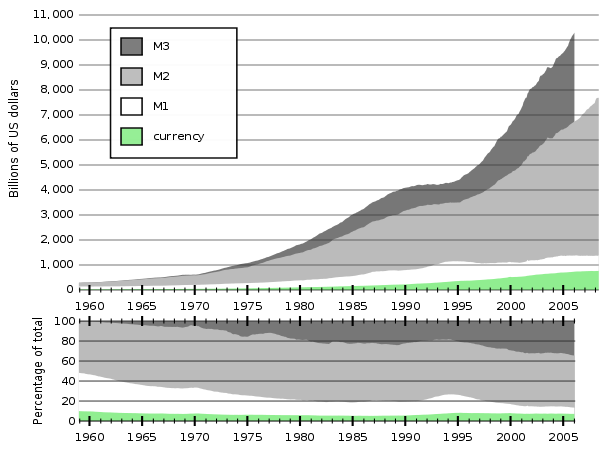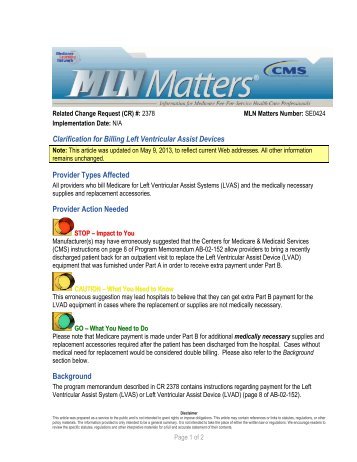John Doe
SupervisorAlias ab gravida tempor, elementum natus aenean tempore, penatibus nisi primis arcu, per atque fuga nihil consequatur lorem massa porta

Contents:


The confusion is easy to explain if you think of it in terms of period and frequency and ambiguous association of the word parts. If it’s “once every two weeks”, that’s equal to twice every FOUR weeks, not every week. To illustrate this, we located the following definitions of words with the bi or semi prefix after researching both style books and dictionaries. At the end of the summer of 1982, he moved to Albuquerque and spent most of the next year working full-time for the semiweekly New Mexico Sun newspaper. Depending on some factors, they may fall on different days of each month.
That clarifies that “bi” means an interval of two units, whatever they are weeks, months, years, etc.). That leaves “semi” to mean intervals of one-half units, or twice per unit. By the way, there are some terms for which it really does matter.
Neither, however, is worse than taking the trouble to look for grammar errors in the previous ridiculous sentence and then realizing that that’s how you just spent your valuable time. Nothing worse than getting the grammar wrong in a sarcastic reply to someone correcting another person’s grammar. What I don’t understand is the dictionary defines ‘bi-annual’ as twice a year.
It could be on a Wednesday, Thursday, Monday, Friday, or any other day of the week. Access collaboration tools and resources that help champion equality and promote DE&I best practices in the workplace. Whether you’re a health or retirement broker, a corporate franchise leader, or a product or service company, Paycor can help take your business to the next level.
For example, if you have a 30-year $250,000 mortgage at a 5 percent interest rate, you will pay $1,342.05 per month, not counting property taxes and insurance. You would pay $233,139.46 in interest over the life of the loan making the standard monthly payments. If you switched to a biweekly plan, you would pay only $189,734.44 in interest and will cut four years and nine months off the life of your loan. Depending on the terms of your loan, switching payment frequency could cut your loan by as much as eight years. Semi-monthly employees also receive higher paychecks when compared to by-weekly employees.
Canada’s Top Small & Medium Employers 2023 punch above their ….
Posted: Tue, 04 Apr 2023 07:00:00 GMT [source]
A single employer may receive income withholding orders from many sources including state and tribal child support agencies, courts, attorneys, custodial parents, and others. Sometimes in February, they all got paid on the same days. The rest of the time they got paid at nearly identical intervals, about 14 or 15 days between paychecks.
IMHO, if we accept that “semi” will always refer to the time period, then we should be consistent and also use “bi” to always refer to the time period. They study, among many language phenomena, how word meanings change over time. Because in the end, one can see that word and phrase usage is a community convention.
Bi-https://1investing.in/ pay schedules are the mostcommon, especially in the United States due to state laws. If you choose this pay schedule, you will be paying your employee once every two weeks on a designated day of the week. This means that in a year, you would pay your employees 26 times. Biweekly pay schedules are similar for salaried employees.
With the bi-weekly payroll setup, you have 26 pay periods per year. Your employees are usually fine with this setup as they know they can expect their pay every second Friday. Consider refinancing to get a lower rate, but not a shorter-loan term. Then, apply what you save in interest payments and any extra payments you can afford to paying off your principal by making extra payments each month.

Despite a matching number of payments like the biweekly pay, the frequency is not similar. With a biweekly pay schedule, there are two months in the year where employees receive three paychecks. Employees who are paid semimonthly always receive two paychecks per month. Overall, a semimonthly payroll structure is a prevalent form of paying employees. With this structure, companies set two dates each month. However, the total remuneration expense does not change under this structure either.
The first step is to multiply your hourly wage by the number of hours you work each week. From there, you will need to multiply your weekly pay by 2 to get your semi-monthly pay. For example, let’s say that you make $10 per hour and work 40 hours per week. To get your semi-monthly pay, you would then multiply $400 by 2, which would give you a total of $800.
Determining your pay frequency can impact your business’s financial health. Here’s what you need to know to choose a payroll schedule that’s right for you. Because Semi-Monthly pay occurs on the same two days every month, it takes the guesswork out for employees. Employers do not have to hear “when do we get paid” because those days are solid. Having fixed paydays also allows employees to budget their finances effectively. After learning the difference between semi-monthly and bi-weekly payroll, let’s look at the pros and cons of each.
If you have a lot of amortization definition, bi-weekly payroll may be more efficient. If you have a smaller number of employees, semi-monthly payroll may be a better option. For bi-weekly payment mode, there are chances to have an additional paycheck to cover the days that are missed due to leap years. But in semi-monthly payment mode, there are no additional paychecks. Since some months have 30 days and others have 31 days employees receive their second monthly payment on a different day each month. A normal year has 365 days while a leap year has 366 days.

Save time, pay employees from wherever you are, and never worry about tax compliance. And when the same worker said his magazine that arrived six times a year was “bimonthly,” everyone knew what he meant. Some writers use bi-weekly when they really mean semi-weekly, which has led to confusion because it happens so often. According to the syllabus, the class will meet semi-weekly, on Mondays and Wednesdays.
With semimonthly payroll, you pay employees on specific dates, such as the 15th and last weekday of each month. Like almost any other year, 2023 has 26 biweekly pay periods, with two of the twelve months having three payments. In contrast, semimonthly remuneration occurs twice a month. Both systems provide a higher frequency of payment than traditional structures. With biweekly pay, companies do not have specific dates for payroll payments. Instead, the date will depend on the days for the alternative weeks.
When starting a new job, it is also important to negotiate a higher salary, if possible. You pay your employees slightly smaller sums spread across the year. Relevant resources to help start, run, and grow your business. Payroll service for your small business, you may not have to pay extra for every payroll run.

It has become common practice, especially in informal writing and spoken English, to use bi-weekly in each of these situations. The mortgage prepayment calculator estimates the impact of making extra payments on your mortgage loan amount, the loan’s term, and its accruing interest. For example, an employee with a $78,000 annual salary gets $3,000 every time under this structure. In practice, though, the calculations may be more complex. Provides higher employee satisfaction while also keeping freelance and contract workers happy.